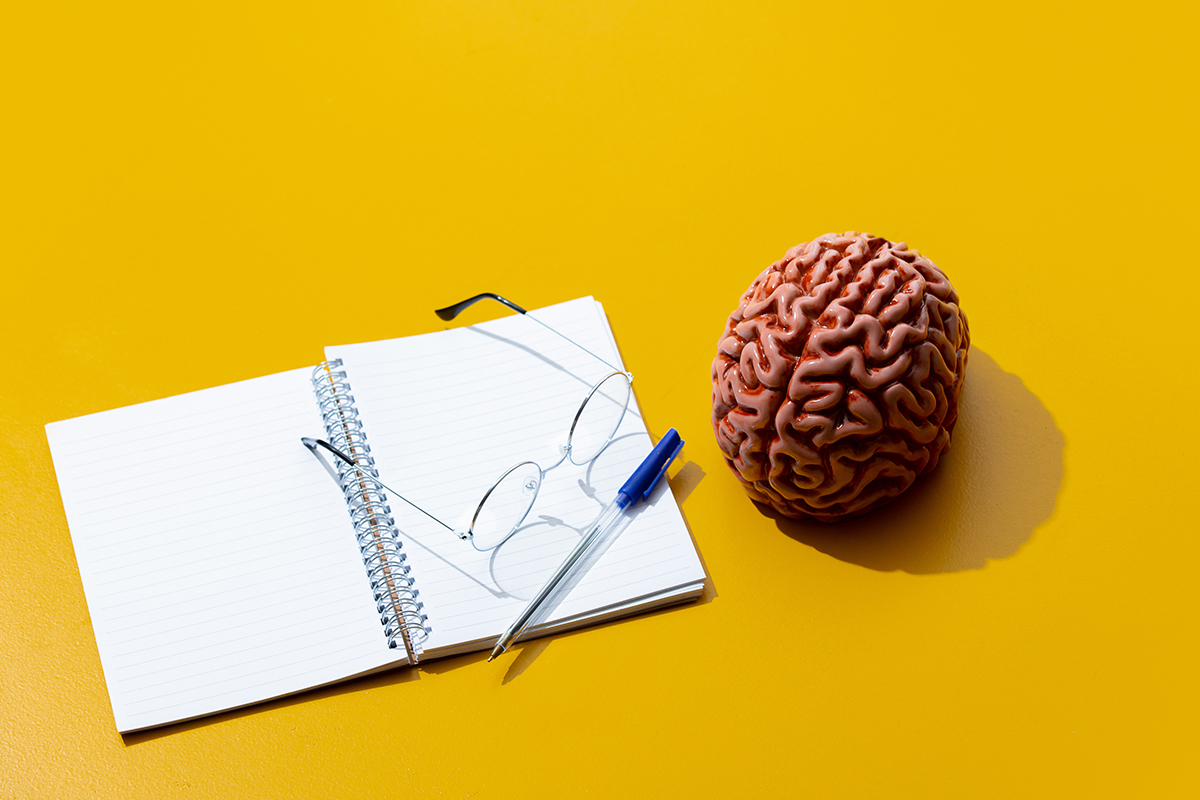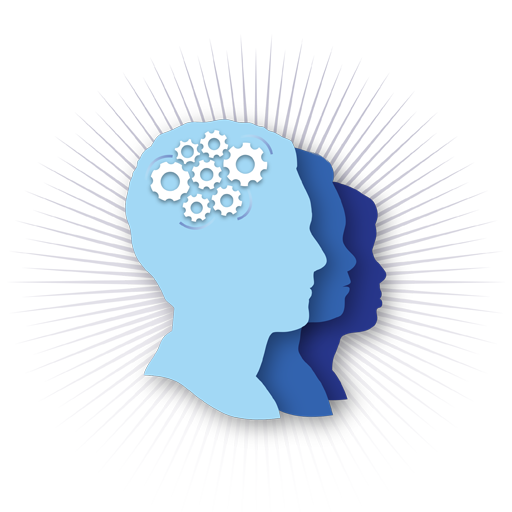
The History of Neurofeedback: Part I
How does Neurofeedback work? Why is it so effective in treating brain conditions as varied as ADHD, traumatic brain injury, seizures and learning disabilities? And so on. In the interest of answering these and other questions, we thought we’d start with the history of this remarkable, non-medicinal treatment for the brain known as Neurotherapy now available in Chicago.
Learn More
Neurofeedback: Science or Shamanistic Ritual?
Neurofeedback: Science or Shamanistic Ritual?
By Ari Goldstein, Ph.D.
The human brain is a fascinating organ that constantly seeks to improve itself. The capacity of the brain to grow and develop in response to environmental stimuli is magnificent. From trepanation to phrenology, behaviorism to psychoanalysis, man has sought to better understand this splendid organ. As we begin the 21st century, our knowledge of the brain continues to grow and develop at a rapid pace. Technology allows us to understand and improve how the brain functions in manners never before thought to be possible. One of the ways current science allows us to understand how the brain functions is through analysis and normalization of the electrical patterns created by the brain. The process of reading and analyzing the brain’s electrical patterns is known as a Quantitative EEG. The data provided through this process helps individuals and their clinicians understand how their brain is functioning and processing information, thereby allowing for much more targeted clinical interventions.
When I was a psychology student in College, we were taught that the brain does not grow much in adulthood. As the understanding of the brain and neuronal functioning has increased, we now know that the brain is highly capable of adapting and growing even into old age if given the right stimulus. The process of EEG Neurofeedback involves teaching the brain to grow and develop more efficient patterns of functioning. Through a series of games and activities played while connecting their brain to the computer, individuals learn to better self-regulate and improve the efficiency of their brain function.
I was first introduced to EEG Neurofeedback by Dr. Sam Effarah, and my thinking around learning and the brain changed dramatically. I was able to very clearly see quantitative data on how the brain was functioning, and saw how we could gain an amazing amount of very functional and actionable knowledge from a Quantitative EEG assessment. I also began to see the tremendous value in teaching people to regulate their own functioning through neurofeedback in a much more meaningful and lasting way. Clinicians could very clearly see patterns in the brains of individuals diagnosed with ADD/ADHD, learning disabilities, anxiety, depression, and autistic spectrum disorders that were different from the average brain. Often times, the frontal lobe of the brain in individuals with attention difficulties has far too much of the slow wave known as “Theta”. This can cause a state of cognition known in scientific terms as “La La Land”. A fast spindly wave known as “High-Beta” was often seen throughout the brain of those with hyperactivity and anxiety. Disconnections between areas of the brain that process auditory and visual stimulus often become apparent through the Quantitative EEG in those diagnosed with learning disabilities.
When we began using EEG data to drive some of the work we do at Cognitive Solutions, the level of skepticism among our colleagues and patients was high. It was almost as if we were practicing some form of shamanistic ritual to help people. As time went on, more and more people began to try it out. We had patients referred to us with a range of symptoms, including attention disorders, learning disabilities, anxiety, depression, and autism spectrum disorders. Most patients reported improvement in a range of symptoms after completing only a few sessions. Some took more time to see improvement, but those who stuck with it generally reported significant improvement in their functioning over time.
The research on Neurofeedback is strong (isnr.org). While detractors would note the lack of double blind studies, a host of solid research studies into neurofeedback show quantifiable evidence of improvement for a range of brain based dysfunctions. Anecdotal cases can be found all over the world for individuals who have seen improvement for a range of symptoms affecting their daily functioning. The American Psychological Association has consistently given higher and higher efficacy marks to this treatment as more and more solid research has been conducted.
At Cognitive Solutions Learning Center in Chicago, we have worked with thousands of patients using neurofeedback over the past fifteen years. Most have seen tremendous benefits in quality of life as a result of this treatment. As I have watched the science catch up to what I have seen personally in our clinic, I am glad to have discovered this amazing intervention tool. From shamanistic ritual to true science, it appears that neurofeedback is a viable and drug free option for many patients to treat a range of brain based symptoms.

Exercise for Depression
“Mens sana in corpore sano”
Exercise to Treat Depression and Improve Overall Life Satisfaction
“Mens sana in corpore sano” is well known Latin quote meaning “a sound mind in a healthy body”. Here at Cognitive Solutions, we see patients whose symptoms range from mild to severe depression, and after our evaluations with those patients, we offer a comprehensive intervention plan that includes non-invasive, non-pharmaceutical related recommendations to help ease symptoms of depression. Medications are the fastest way to improve symptoms of depression, but these can sometimes cause debilitating side effects. It seems so simple, but time and time again studies show the effectiveness of excursive in treating depression. While this may be a simple solution, it is by no means easy. The relationship between body and mind has interested experts for many years. Since physical activity is critical in sustaining life, it is generally understood that exercise functions as a form of survival. Exercising has been a strongly associated factor in maintaining a healthy lifestyle. Many researchers have explored the effects of exercise on the body, and recently psychology research has also attempted to find a correlation between exercising and mental health.
Exercise can be defined as “any type of physical activity, aerobic or anaerobic, with the means of integrating the mind, body, and spirit”. This definition alone makes apparent the association between exercise and the mind (and therefore mental health). The general thought is that exercise has physical and psychological benefits, which is why it has been so helpful in maintaining overall health. One factor which makes it difficult to compare previous research studies is the method in which exercise is measured. Some studies actively randomized a sample into exercisers and non-exercisers, while others first distinguished exercisers from non-exercisers before proceeding to ask specifically about duration and intensity of exercise. Some even used a scale to determine the amount of exercise in which one participates regularly. Some studies have reported that a lack of exercise is correlated to depression in a broad range of ages. Researchers have even found that those who are unable to exercise because of a physical illness or handicap reported higher depression scores than all others. Studies often show that physical fitness itself is a factor contributing to the mental health of regular exercisers.
In addition to the satisfaction gained from performing athletic exercise, its effects on one’s body play an obvious role in the modification of mental health. In one study, overweight subjects were found to have poor perceived mental health, high negative affect, and low optimism. The same participants were also at higher risk for future unhappiness, low positive affect, life dissatisfaction, and depression. The relationship between exercise and mental health has been a topic examined by many psychologists. However, the specific areas of mental health affected by exercise have been questioned throughout these researcher’s trials. Different aspects of mental health in relation to fitness have been examined. Some of these aspects include anxiety and, as previously mentioned, depression.
Reports that those who exercise tend to be less anxious and depressed than those who do not exercise. It seemed that in all the recent studies, exercisers were happier and more satisfied with their lives than non-exercisers, regardless of gender or age. Other studies have examined psychological factors such as rage and trust issues. Overall, studies show that people who exercised regularly experience considerably less depression, anger, cynical distrust, and tension than those who exercised less often or did not exercise at all. Health in mind and body is not a phrase to take lightly and there is evidence to back it up. Increase your endorphins the natural way – get that body moving!
Learn More

